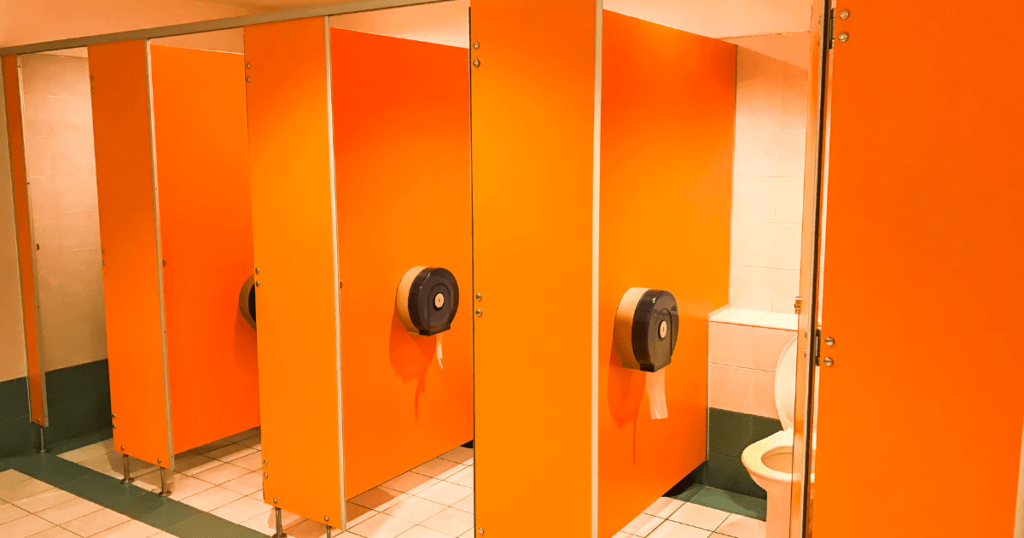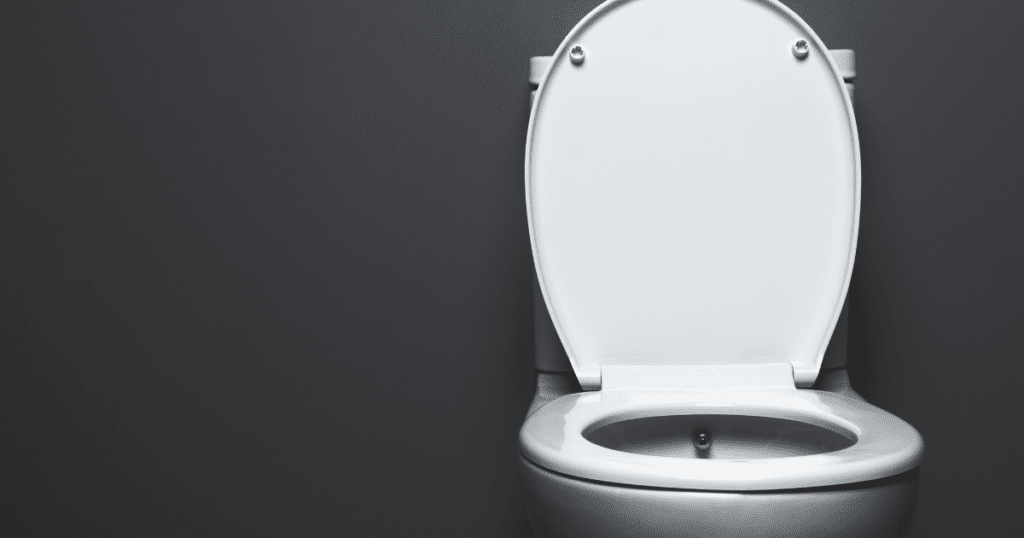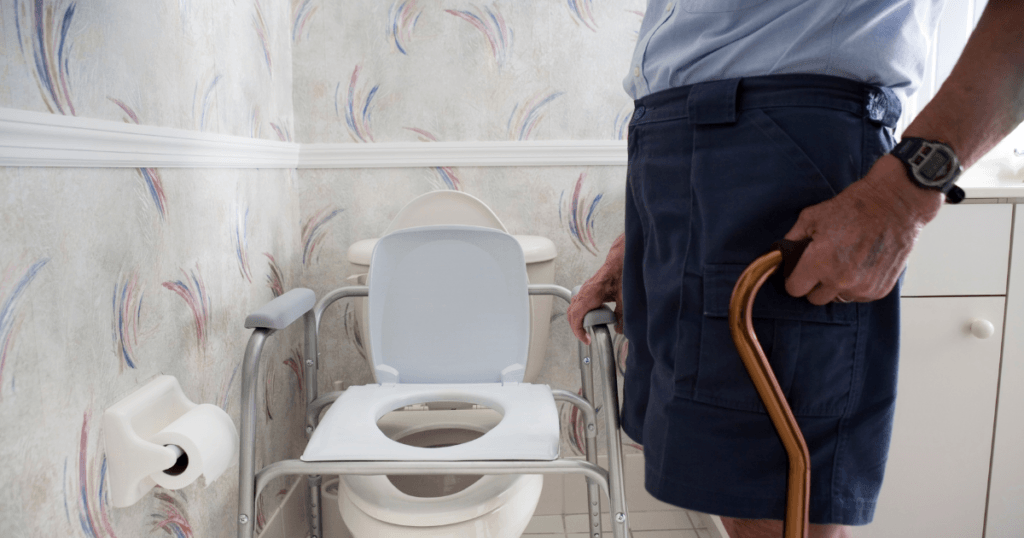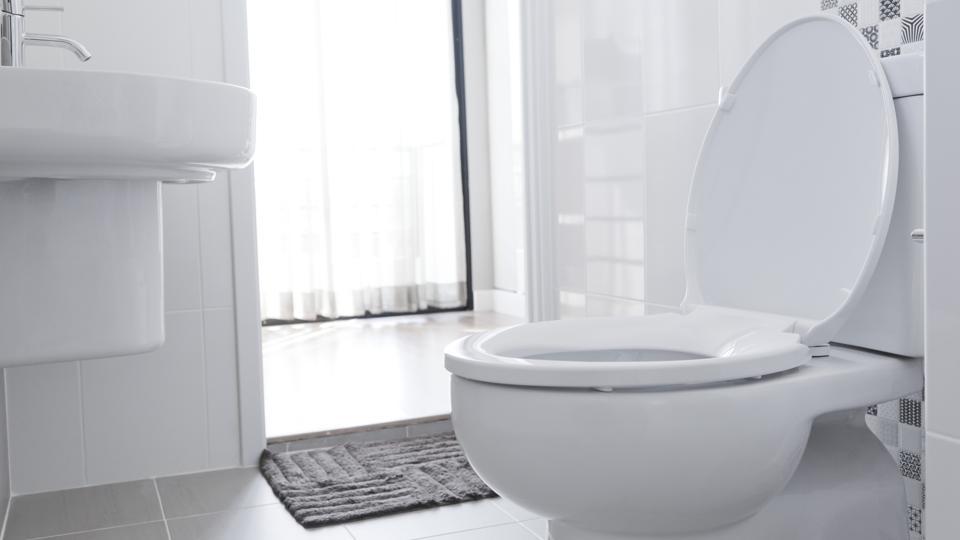Navigating the world of disabled toilets can be a daunting task. With a plethora of options available, it’s easy to feel overwhelmed. But fear not, we’re here to guide you through this process. As experts in the field of adaptive living aids, we understand the unique challenges and needs of individuals with disabilities. We’ve spent years researching and testing various types of disabled toilets, and we’re eager to share our insights with you. Whether you’re looking for a two-piece toilet, a one-piece model, or a comfort height toilet, we’ve got you covered. In this article, we’ll delve into the specifics of each type, highlighting their pros and cons, and helping you determine which one is best suited for your needs.
Toilets For The Disabled-Which Type Is Best For You?
There are many reasons to seek an accessible toilet, so in short, one type of fixture won’t work for everyone. However, the features which can make it more welcoming and comfortable may include:
- Higher-than-average toilet seat height
- Compatibility with other toilet equipment/accessories
- Small footprint (requires less floor space)
- Bidet features
There are several toilet types out there, and it’s hard to decide which one is right for you. To help with this decision-making process, we’ve compiled information on some key features that each type offers and their ease of access so they may best suit your personal needs while also considering any architectural constraints within the bathroom itself!

Two Piece Toilets For Disabled Persons
The most common type of toilet in homes is a two-piece. It consists not just of the bowl, but also of an attached pedestal with water tanks on either side that can be quickly removed when needed for adjustments or replacement without needing to take apart any part at all!
- Pros: With the rise of modern toilet designs, it is important to have a quality seat that will work with your current setup. The pros in this case make sure you don’t need any extra parts or tools for installation and they’re compatible with most types of equipment!
- Cons: The downside to this type of toilet is that it takes up more floor space than other types, which can make getting around in a small bathroom harder for people who are using walkers or wheelchairs.

One Piece Disabled Toilets
One-piece toilets for disabled persons are fantastic because they don’t require any installation or mounting of parts. All you have to do is attach the bowl, pedestal, and tank, which will make it easier for cleaning! One-piece models may come with an elevated ridge in between seat height but this isn’t always present so take caution before purchasing your next toilet model – some people find these uncomfortable when sitting on them because of their design feature making certain tasks impossible such as installing Bidet Toilet Seats raised seats etc…
- Pros: The design of this toilet makes cleaning easier than a 2-piece. With less joints and crevices, you can easily wipe out any messes that happen in your home with ease!
- Cons: If you have a small bathroom, this type of toilet could be difficult to use. A walker or wheelchair user will need more room than just their own footstep when entering and exiting the restroom due in part to its large size!

Comfort Height Disabled Toilets
The ADA height toilet is great for people who need more stability when sitting down. These toilets have an average seat height of 17-19 inches, which makes them easier to use than other types with lower heights like 14 inches or fewer.
There are a lot of misconceptions out there about ADA height Disabled Toilets and what they can or cannot do. It’s important to take into consideration who will use the toilet when picking one because not all people with disabilities need higher seats! If you’re installing your own home modifications like this, then consult an expert for advice on individual needs – but high-seat versions aren’t always necessary.
- Pros: This toilet seat is the perfect fit for those who have trouble getting up from a chair or achieving balance. It comes with an extra tall design so you can sit down more comfortably and easily, while also being able to stand without help!
- Cons: Shorter people might find these toilets uncomfortable because they make your feet dangle, which can cause them to go numb while seated.

Bidet Combination toilet
They designed the bidet function of this toilet to increase cleanliness after using the restroom. When you push a button on your remote control, water emerges from inside and washes away any waste without needing toilet paper!
- Pros: More hygienic because it reduces or eliminates the need to use your hands.Using water cleanses is a more pleasant means of performing toilet hygiene for people with sensitive skin due such as those who have hemorrhoids, tears from pressure sores etc., this also helps keep bacteria at bay by not allowing them contact any surfaces that may cause infection!
- Cons: The bidet mechanical parts will require periodic replacement or repairs.

Portable Toilet
Portable Disabled Toilets are typically not very attractive. They usually have an institutional look and feel to them, with their bucket prominently on display for all the world (or at least those passing by) see. But there is hope in this otherwise dark situation some models hide away when not being used, so they’re never as noticeable or offensive-looking as others might be otherwise.
- Pros: Portable Disabled Toilets are a brilliant solution for those who have incontinence or difficulty getting to the bathroom in time. They’re helpful because it can move them from place-to-place, making it easier than ever before.
- Cons: Unfortunately, if you cannot access your bathroom, then there’s no way for me to empty this bucket. Rely on somebody else who might help.
Things to consider when buying a new toilet
floor space
When considering a new toilet for your home, be sure to consider both the size and shape of a bowl. A round or square-shaped model will typically use less floor space than an elongated design (often 2″ less). In smaller bathrooms, every inch counts.

Toilet Height
When selecting a toilet, many people immediately think “the higher the seat height”. This is not always true! The taller toilets can be uncomfortably high for shorter adults and children and some wheelchair users who need lower seats; ideally choose one with an adjustable bottom so you’re able to raise or lower your feet depending on how much room there is in between flooring surfaces when sitting down (elevated seating).
Water Efficient
The Water Sense-labelled toilets are a great way to help you save on monthly water bills, while the dual flush type of toilet allows for more versatility in how much waste needs disposal.
Average Cost to Install a Disabled Toilet
If you’re thinking about installing a new toilet, you’re probably wondering how much it will cost. The answer depends on a few factors, including the type of toilet you choose and whether you hire a professional to install it.
Toilet prices can range from around $100 for a basic model to $1,000 or more for a high-end model. Installation costs will depend on the type of toilet you choose and whether you hire a professional. If you’re handy, you might install the toilet yourself, which could save you some money.
How much do a handicap toilet cost?
The cost of ADA-compliant toilets can vary depending on how much you want to customize your experience. The average installation is about $800, but some people may be able find deals closer or within their budget for more affordable options than others!

- Best ADA Compliant Faucet
- Best Grab Bars For Bathrooms
- Best ADA Compliant Handheld Shower Head
- Best ADA Compliant Toilet
- Designed For A Better Life ADA Bathrooms
Conclusion
In the realm of disabled toilets, one size certainly does not fit all. It’s crucial to consider your specific needs and circumstances before making a decision. We hope that our detailed analysis of the different types of disabled toilets has provided you with valuable insights and will aid you in making an informed choice. Remember, the right toilet can significantly enhance your quality of life, providing you with comfort, safety, and independence. If you have any questions or need further assistance, don’t hesitate to reach out. We’re here to help you navigate your journey towards a more accessible and comfortable life.
